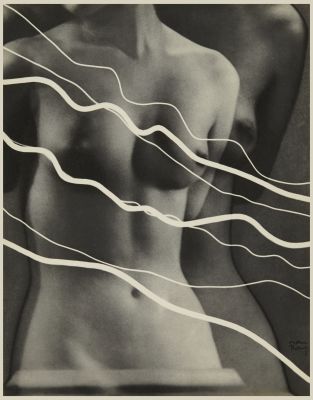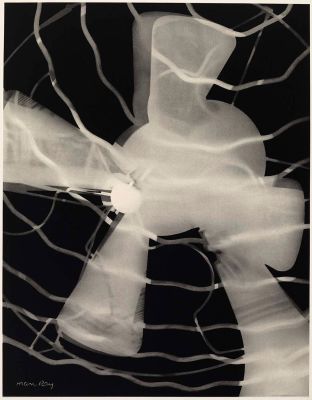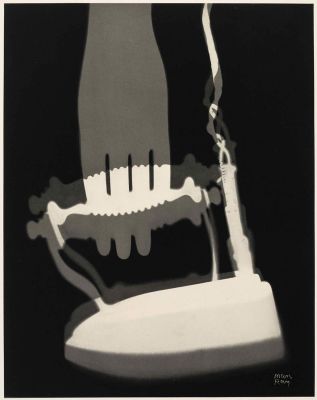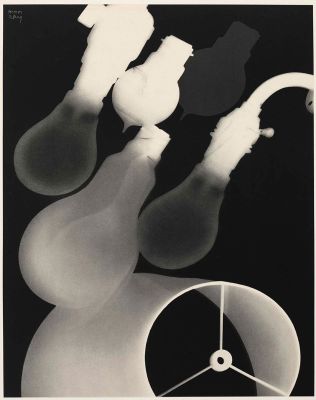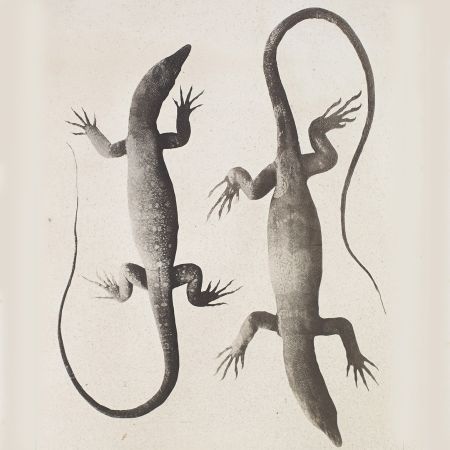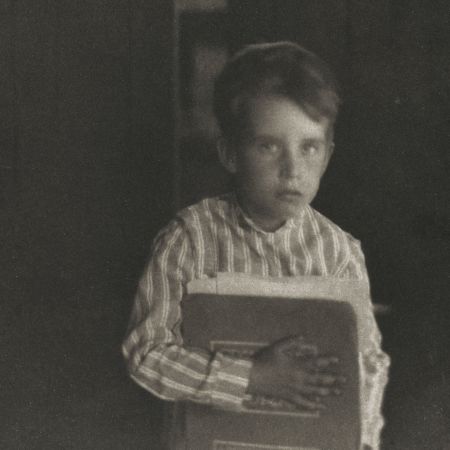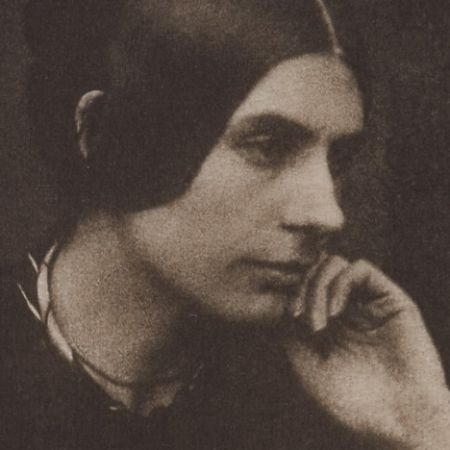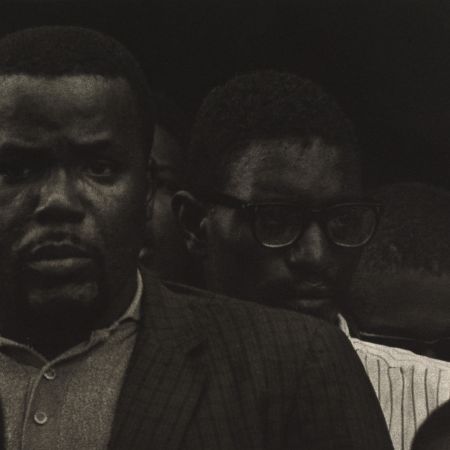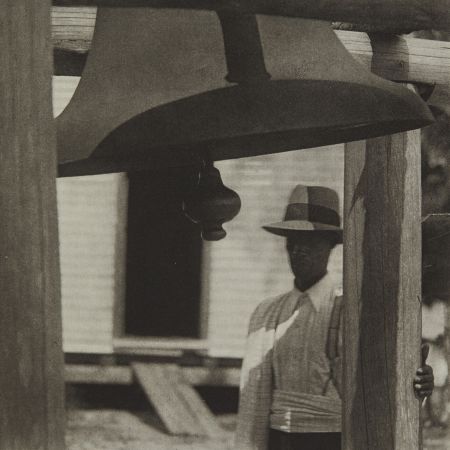Man Ray’s Électricité
This remarkably seductive album of photogravures is an exquisite example of Man Ray’s legacy as America's greatest Surrealist photographer.
Man Ray (1890–1976), born Emmanuel Radnitsky, is considered one of the twentieth century’s most influential artists. He produced his most important work in the 1920s and ‘30s while living in Paris, where he found inspiration in the work of his friend Marcel Duchamp and in the art of Dadaism, Cubism, and Surrealism. He made photographs, films, paintings and found-object sculptures with interchangeable fluency and innovative skill. Within photography, his series of rayograms distinguished him as one of the medium’s unique, iconoclastic talents.Published in 1931, the Électricité Portfolio is a prime example of Man Ray’s experimental style of photography that flourished during the interwar period. At the time, most homes in France relied on natural gas, wood, or coal for lighting, cooking, and heating. The French electric company (La Campagnie Parisiene de Distribution d’Électricité) commissioned the portfolio in an edition of 500 to promote the use of electricity to their best customers. The Électricité Portfolio consists of 10 rayograms, all related to uses of electricity, and a text by Pierre Bost.
“Man Ray strives to make the invisible visible, electricity, creating her visual equivalents: solarization, montage, photogram, to suggest the dynamism of a hidden energy.”
To produce the images, Man Ray used electric light to cast the shadows of electrical appliances (light bulbs, a toaster, an iron, a fan) on photographic paper. Then he added wavy trails of power cords and heating coils—symbolic of the unseen effect of electric current. He also included his own photographs (female nudes) and other appropriated images (a roasted chicken, nighttime signage, the moon).Photogravure brings to Électricité an exclamation point, emphasizing the darkness from which the company’s current emanates. A thick layer of lush carbon soot, matte and velvety, sucks up all the light on the surface of the print, leaving deep blacks that accentuate the bright glow of CPDE’s Électricité.
Designed as a promotion, the book was not put on the market, but sent to employees, customers and various personalities involved in the activity of the Company. Quickly recognized as a major work, the portfolio was shown in the International Photographers exhibition organized by the Brooklyn Museum of Art in 1932 and the prestigious Julien Levy Gallery in New York in 1933.We are happy to have a beautiful set of this landmark project in the collection.
References
Rosenheim, Jeff L. “Électricité by Man Ray 1931.” Électricité | MetCollects | The Metropolitan Museum of Art, The Metropolitan Museum of Art, 2014, www.metmuseum.org/art/online-features/metcollects/man-ray-electricite.
Parr, Martin, and Gerry Badger. The Photobook: A History II. London: Phaidon, 2006. Print.
Rooseboom, Hans. Électricité: Ten Advertising Photographs by Man Ray. Rijksmuseum: Baker & McKenzie, NL 2020
Schwarz, Arturo, and Man Ray. Man Ray: The Rigour of Imagination. New York: Rizzoli, 1977. Print.
